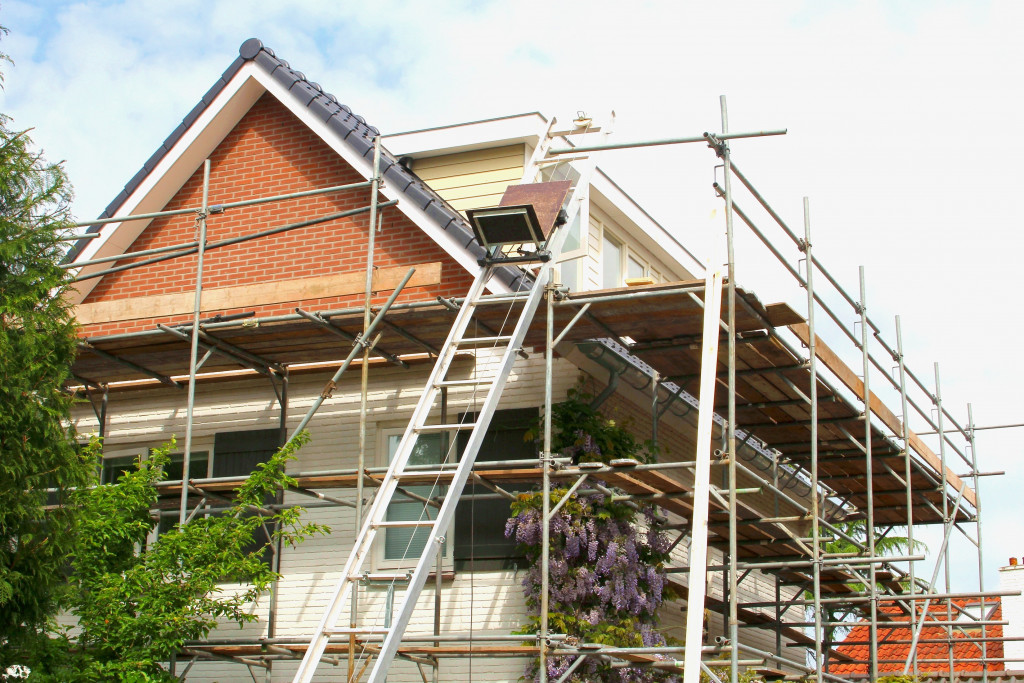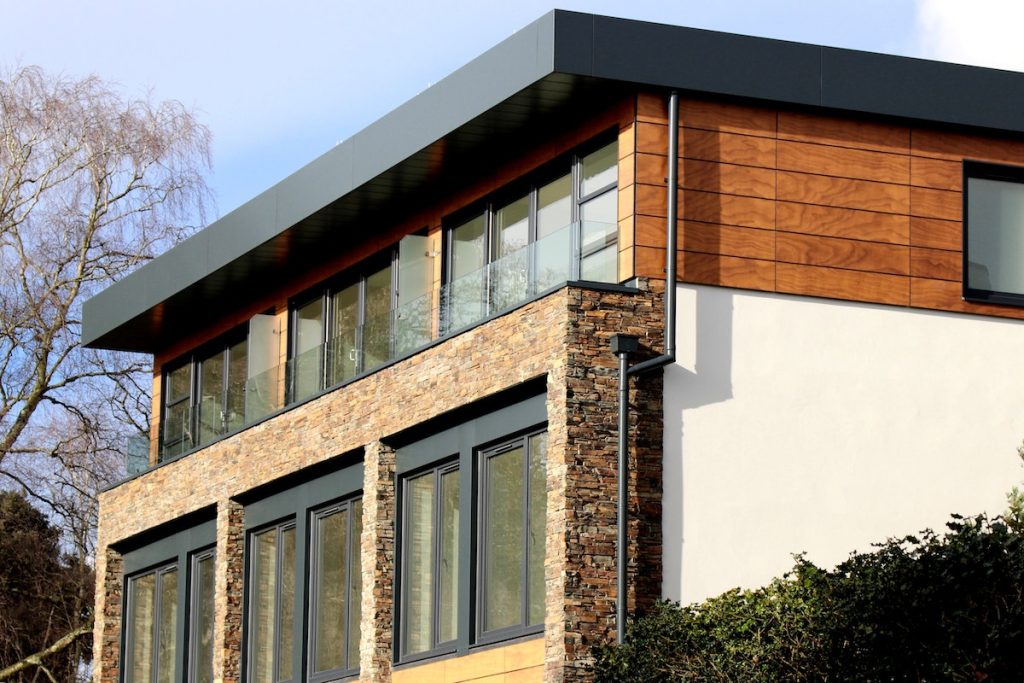- Choose quality materials for foundation and framing to ensure maximum durability of your home.
- Consider durable roofing materials with extended warranties, like asphalt shingles or metal roofs.
- Exterior siding that is fire-resistant and easy to clean and maintain should be selected.
- Durable windows and doors made of steel, fiberglass, or aluminum should be installed.
- Regular maintenance and repairs should be performed every few years to ensure long-term durability.
Whether building a new home from the ground up or remodeling an existing one, ensuring that your property is durable and will stand the test of time is key. According to data, the lifespan of a typical home is 70-100 years! While it’s impossible to guarantee a particular lifetime for any given residence, there are several essential steps you can take to maximize your home’s durability and ensure it stands up to the elements.
But what does it take to build a sturdy house? Below, the article discusses some key elements to consider when constructing or renovating your home.
1. Foundation and Framing
The foundation you choose–whether slab, basement, or crawlspace–can dramatically affect how well your home stands up to wear and tear over time. A good foundation should be level and free of cracks; if you notice any signs of settling, cracking, or bowing in walls or floors, contact a structural engineer immediately.
In addition, make sure that the framing materials you select are high quality. The most common material used for framing is wood. However, metal can also be used in some instances (such as extreme climates). Using materials designed to last for years without needing repair or replacement is essential. You may also want to look into insulated concrete forms, which offer improved energy efficiency and weather resistance.

2. Roofing
The roof is one of the essential components of your home. It protects everything underneath it from rain and other weather elements. Ensure that the contractor you hire uses quality materials such as asphalt shingles with a 30-year warranty or metal roofs with a 50-year warranty. For homes in areas with more severe climates, metal roofing may be a better choice, as it offers superior protection from wind and snow. Hiring professional metal roofing contractors will help ensure your roof is installed correctly and lasts for years.
Also pay attention to ventilation; good ventilation can help protect against moisture damage caused by humidity and condensation buildup. Condensation in attics can cause mold growth, erodes insulation, and causes structural damage over time; proper ventilation helps reduce this risk by providing adequate air circulation in your attic space. Additionally, ensure that all seams and flashing are correctly sealed with caulk or sealant so there are no gaps where water can seep in.
3. Exterior Siding
Exterior siding protects against wind, rain, dust, and other outdoor elements while enhancing the aesthetic appeal of your house property. Choose siding materials that are durable enough to withstand extreme weather conditions while still looking great year after year. Here are some of your options:
a. Wood
Wood siding is a classic choice that can add warmth and character to your home. However, wood can require more maintenance than other materials as it tends to be more prone to decay and damage over time.
b. Vinyl

Vinyl siding is popular for its low maintenance, affordability, and durability. It’s available in various colors and textures to suit any preference.
c. Fiber cement
For a more modern look, fiber cement siding is a great choice. It’s fire-resistant, durable, and easy to clean and maintain.
d. Brick
Brick is a timeless choice known for its fire-resistant qualities, but it can be costly to install and may require more maintenance than other siding materials. Some brick siding also tends to be brittle, so it may need to be replaced more often than other materials.
4. Windows and Doors
Choose quality materials for your windows and doors to ensure they last over time. Look for double-pane or triple-pane windows for extra insulation and energy efficiency; these windows can also reduce noise levels from outside. Pay attention to the frames, too; aluminum, vinyl, or fiberglass frames are all excellent choices for durability.
For doors, consider steel or fiberglass options; both offer superior strength and energy efficiency compared to other materials. You may also want to look into low-maintenance finishes like vinyl or fiberglass cladding, which can help reduce the need for repainting.
Building a durable house property requires attention to detail at every step of the process—from foundation selection through exterior siding installation—but taking these steps will help ensure that your dream home lasts for many years into the future! With careful planning and attention to detail during construction or renovation projects, homeowners can rest easy knowing their homes will stand strong against harsh weather conditions while still looking beautiful year after year.






